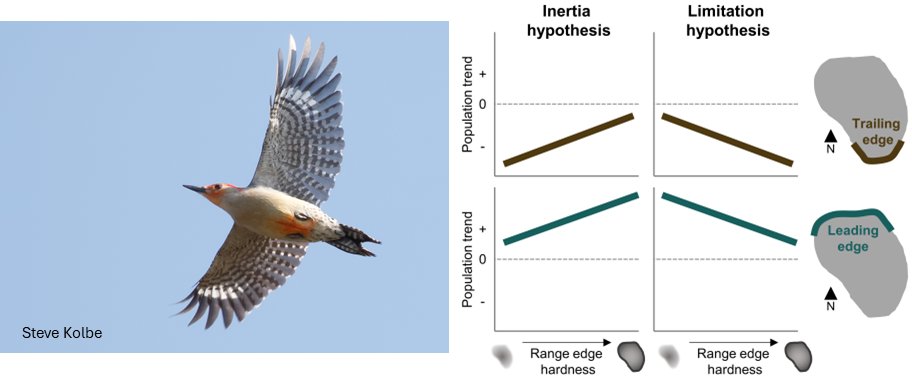
Journal of Animal Ecology
@animalecology
A dedicated forum for the best original research in #AnimalEcology. A @BritishEcolSoc journal.
ID: 87657092
http://www.journalofanimalecology.org 05-11-2009 10:19:29
6,6K Tweet
27,27K Followers
441 Following

"Bees may form groups to combat climate stressors: but are social bees winners or losers of climate change? And how might changing climate shape the evolution of bee sociality itself?" - Maddie Ostwald Read the full review here: buff.ly/46HMyYJ 🐝 📸 Sebastian Scofield


Research by Shailee Shah, PhD and team shows dispersal and gene flow from groups in lower to higher quality habitat, generating intraspecific variation in group structure within the same population of an avian cooperative breeder.. 🪽 buff.ly/3yAgFoj 📸 Ian Davies

New research by Garben Logghe and colleagues: "unravelling arthropod movement in natural landscapes: Small-scale effects of body size and weather conditions" 🐜 buff.ly/4cqpiPS


Multigenerational impacts of neuroactive pollution on behaviour, life-history and reproductive traits in fish. New OA paper in Journal of Animal Ecology co-led by Upama Aich and Giovanni Polverino. #BobWongLab School of Biological Sciences, Monash Università degli Studi della Tuscia besjournals.onlinelibrary.wiley.com/doi/10.1111/13…

New research by Zoe Almeida and colleagues: "lingering legacies: past growth and parental experience influence somatic growth in a fish population" 🐟 Read the paper here: buff.ly/3XeH2cQ

Can psychoactive pollution alter within-pop tradeoffs between Pace-of-Life-Syndrome traits? Our last🗞️published in Journal of Animal Ecology today suggests yes, revealing that effects of global pollutants go far beyond altering average traits😨💊Università degli Studi della Tuscia ➡️doi.org/10.1111/1365-2…

Prozac contamination in waterways is disrupting fish behaviours and bodies in ways that could threaten their long-term survival, finds new research led by Upama Aich & Giovanni Polverino in Journal of Animal Ecology School of Biological Sciences, Monash theguardian.com/environment/ar…

The first episode of our new 'editor expertise' podcast series is live! Our guest is Nate Sanders - Executive Editor. He talks about his journey into animal ecology, his research, and his experience as an editor for our journal. 🐜 Listen here 📻 buff.ly/3T7G1ks




New paper out today in Journal of Animal Ecology 😍 Can internal range structure predict range shifts? we find limited support with a bird dataset from Minnesota (where many species are at range limits), but I'm keen to dig in more! doi.org/10.1111/1365-2…


Are you interested in studying how environmental change shapes life history tradeoffs? Then check out our new paper in Journal of Animal Ecology, co-first authored with Louis Bliard, where we present and apply a novel method for evolutionary demographic research. besjournals.onlinelibrary.wiley.com/doi/10.1111/13…



"New research explores how antipredator behaviors develop in response to predation intensity and environment, revealing that woodrats perceive and manage risk differently than smaller-bodied alternative prey." - Corbin Kuntze 🐀 Read the full paper here: buff.ly/3z4Ay7a



